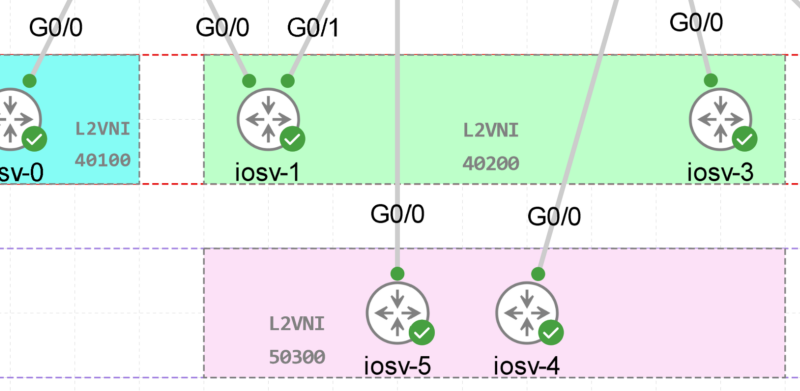Bridge Group Explained and Configuration [On Cisco Router]
What is a Bridge Group
In order to put router Interfaces in a single Broadcast domain, a feature Called Bridge-Group could be used. In simple words, if we want to configure bridging between router interfaces, we need to put them inside a single bridge-group ID.
The bridge-group command is used to configure a Cisco device to bridge traffic between two interfaces.
To assign each Router interface to a bridge group, use the bridge-group command in interface
configuration mode. To remove the interface from the bridge group, use the no form of this command.
Interface Fa1/1
bridge-group bridge-group-idIf you assign the same bridge-group id under router interfaces, they become part of a single broadcast domain.
Notes:
You can bridge on any interface, including any serial interface, regardless of encapsulation. Bridging can
be configured between interfaces on different cards, although the performance is lower compared with
interfaces on the same card.
A separate spanning-tree process runs for each configured bridge group. Each bridge group
participates in a separate spanning tree. A bridge group establishes a spanning tree based on the
bridge protocol data units (BPDUs) it receives on only its member interfaces.
Bridge Group configuration on Cisco Router:
Topology:

First, We need to Define which L2 protocol is used by the Bridge group:
Router(config)# bridge bridge-group-number protocol {rstp | ieee}
Assigns a bridge group number and defines the appropriate spanning-tree type: either IEEE 802.1D Spanning Tree Protocol or IEEE 802.1W Rapid Spanning Tree.
Router(config)# bridge bridge-group-number priority number
(Optional) Assigns a specific priority to the bridge, to assist in the spanning-tree root definition. The lower the priority, the more likely the bridge is selected as the root.
The range of bridge-group id to which the interface belongs is from 1 to 255.
Bridge-group Configuration:
interface FastEthernet0/0
no ip address
speed auto
duplex auto
bridge-group 10
!
interface FastEthernet0/1
no ip address
speed auto
duplex auto
bridge-group 10
!
bridge 10 protocol ieee
!
no ip routing
Verifications:
- Show Bridge:
R1#show bridge
Total of 300 station blocks, 298 free
Codes: P - permanent, S - self
Bridge Group 1:
Bridge Group 10:
Address Action Interface Age RX count TX count
0050.7966.6800 forward FastEthernet0/0 4 3 3
0050.7966.6801 forward FastEthernet0/1 4 3 2
- Show spanning-tree
R1#show spanning-tree
Bridge group 10
Spanning tree enabled protocol ieee
Root ID Priority 32768
Address ca01.5968.0006
This bridge is the root
Hello Time 2 sec Max Age 20 sec Forward Delay 15 sec
Bridge ID Priority 32768
Address ca01.5968.0006
Hello Time 2 sec Max Age 20 sec Forward Delay 15 sec
Aging Time 300
Interface Role Sts Cost Prio.Nbr Type
------------------- ---- --- --------- -------- --------------------------------
Fa0/0 Desg FWD 19 128.2 P2p R-L2GP
Fa0/1 Desg FWD 19 128.3 P2p R-L2GPPC1> ping 10.1.1.80
10.1.1.70 icmp_seq=1 timeout
84 bytes from 10.1.1.70 icmp_seq=2 ttl=255 time=16.549 ms
84 bytes from 10.1.1.70 icmp_seq=3 ttl=255 time=15.936 ms

![Explore The BGP Path Selection Attributes [Explained with Labs]](https://learnduty.com/wp-content/uploads/2022/07/image-28-800x450.png)
